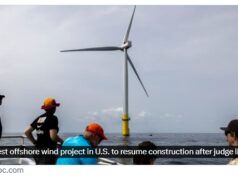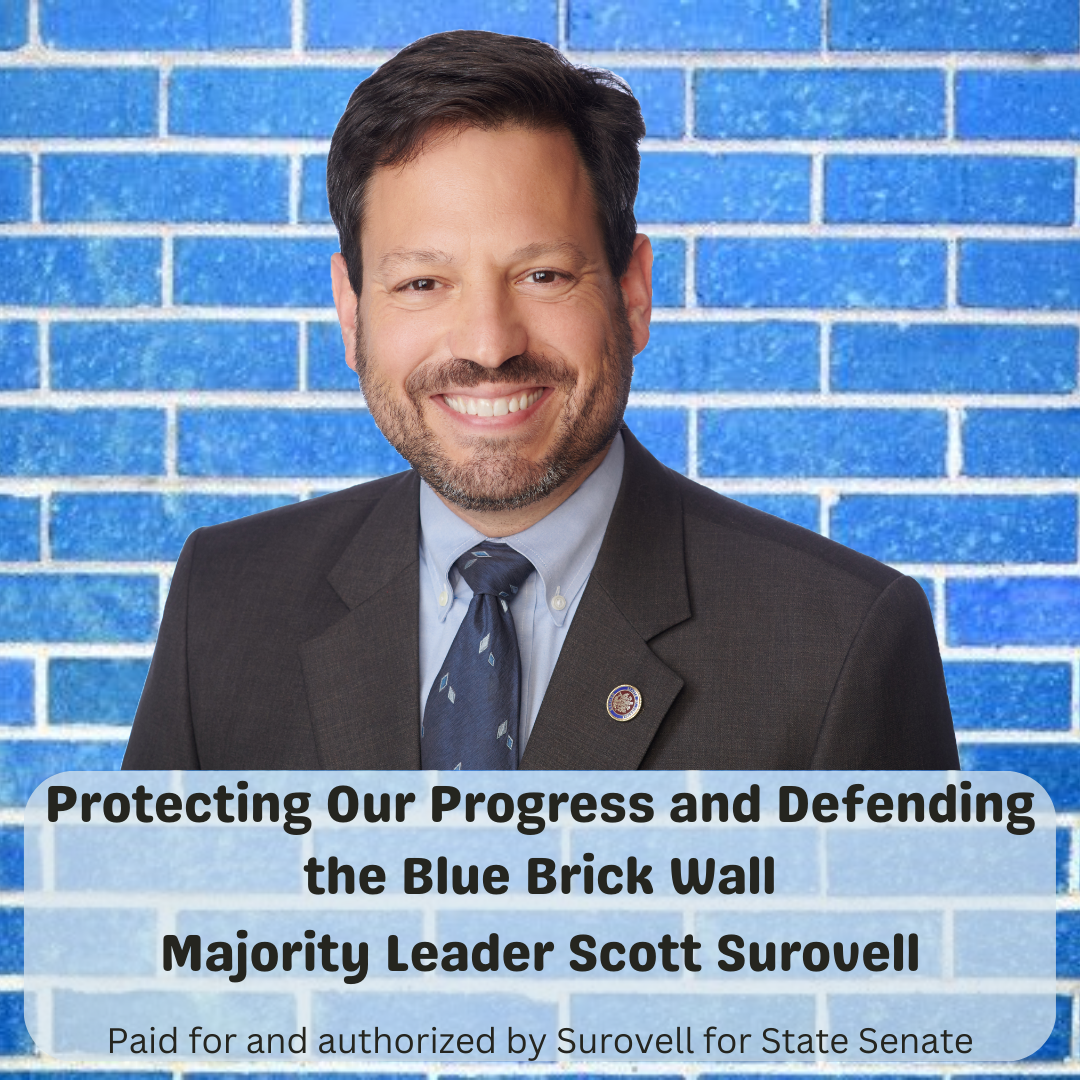by Ivy Main, cross posted from Power for the People VA
In 2019, Ruth Amundsen and Alden Cleanthes formed a company with a mission to bring the benefits of rooftop solar to low-income communities. Targeting development in Qualified Opportunity Zones, Norfolk Solar installed solar at the historic Wesley Union AME Zion church in Norfolk, the Southside Boys and Girls Club, a Habitat for Humanity ReStore, and other nonprofits. To increase the local benefits, Amundsen and Cleanthes required installers to hire local, low-income and typically minority workers. All told, the company did $2 million in business between 2019 and 2022, while creating jobs for local residents in the clean energy economy.
And then, it all came to a screeching halt. Last December, Dominion Energy Virginia unilaterally imposed new – and prohibitively expensive – interconnection requirements for most commercial solar. A solar array seeking interconnection approval this year faces total project costs that are 20 to 40% higher than they were last year under the old rules.
Though Norfolk Solar had hundreds of thousands of dollars of investor money committed to new projects, Cleanthes told me they were forced to break contracts and turn away funders. The company has not done a single project in 2023.
Nonprofits are not the only victims of Dominion’s move. Plans to put solar on schools and municipal buildings have ground to a halt all across Dominion territory. A community solar project that would have served low-income residents had to be scuttled last December when Dominion demanded the developer install a high-speed fiber optic line that would have increased project costs by 50%.

Dominion says its requirements are about safety and reliability. Solar developers challenge that, noting that the equipment they install already meets industry standards, and that other utilities don’t demand the upgrades Dominion wants. They suspect Dominion is trying to offload onto solar customers the cost of grid improvements that Dominion will use for other purposes, and in so doing to crush the small competitors it has battled with for years.
The details of the dispute are, to put it mildly, highly technical, but the impacts are readily discernible in the near-collapse of Virginia’s commercial solar market. Most noticeably, solar school projects have stalled out across Dominion’s service territory. Schools that were counting on using solar panels to lower their energy costs have been forced to cancel plans.
Cathy Lin, energy manager for Arlington Public Schools, told me she was shocked when the county’s solar developer told her about the increased costs, which she considers exorbitant. “We want to put on more solar,” she said. “We can’t afford to. The extra interconnection fees make solar unaffordable for us.”
The Distributed Solar Alliance (of which I am a co-founder as a solar advocate) has spent much of this year fighting Dominion at the State Corporation Commission. The SCC ruled in the DSA’s favor on all points in August, but in November an SCC hearing examiner unexpectedly authorized Dominion to impose many of the same requirements on an “interim” basis – with no end in sight.
Taking off my advocacy hat for a moment, I actually have some sympathy for the hearing examiner. If a utility tells you it has to have the latest in fiber-optic technology and fancy-pants equipment as a matter of safety and reliability, you’d better have a pretty deep understanding of grid technology before you say no. This guy had no expertise. How surprised can we be that he basically punted?
But the results are terrible for an entire sector of Virginia’s economy. The ruling is bad for developers like Norfolk Solar, which will not be able to continue its mission to bring solar and job training to low-income areas. It’s bad for schools, universities and other customers, who can’t afford to complete long-planned projects that were supposed to bring energy savings.
And though the fight at the SCC is specific to net-metered solar projects between 250 kilowatts and 3 megawatts, allowing Dominion to impose requirements without demonstrating that they’re actually needed has dire implications for all distributed generation up and down the scale – and, logically, even for distributed battery storage and EV charging.
Really, this result is not even great for Dominion, because relying on a single customer to fund an expensive substation or line upgrade will usually result in no upgrade happening. That’s no way to run a grid.
Fortunately, there is a way to resolve this matter without risking safety and reliability, while at the same time reinvigorating the distributed generation market and allowing stalled solar projects to move forward.
The General Assembly could simply clarify that solar developers are responsible for safety equipment and other costs of interconnection on the premises. For off site improvements – including new fiber-optic lines, substation upgrades, and other investments that enhance the distribution system for all customers – Dominion should be specifically empowered to undertake this work and recover the costs from ratepayers, subject to SCC approval, as it does for the rest of its grid modernization program.
This approach would tamp down suspicion that Dominion is gold-plating its interconnection requirements as a way of stifling third-party solar. More importantly, it would support the kind of distribution grid upgrades needed to support all the elements of a resilient 21st century grid.











